This book may not be reproduced, in whole or in part, including illustrations, in any form (beyond that copying permitted by Sections 107 and 108 of the U.S. Copyright Law and except by reviewers for the public press), without written permission from the publisher.
Link, Mardi.
Wicked takes the witness stand : a tale of murder and twisted deceit in Northern Michigan / Mardi Link.
pages cm
Includes bibliographical references.
ISBN 978-0-472-07169-2 (hardback) ISBN 978-0-472-05169-4 (paperback) ISBN 978-0-472-02943-3 (e-book)
1. MurderMichiganCase studies. 2. Murder investigationMichiganCase studies. 3. False imprisonmentMichiganCase studies. 4. Criminal justice, Administration ofCorrupt practicesMichiganCase studies. I. Title.
HV6533.M5L56 2014
364.1523092dc23
ACKNOWLEDGMENTS
Imagine if someone showed up to your work first thing in the morning with a laptop computer, a reporters notebook, and a whole bunch of questions. Imagine if the person stayed there, just feet from where you were trying to get your work done, for hours and even until your office closed in the evening. And then imagine they returned, day after day, for weeks.
Thats what I put the fine women who worked in the Otsego County Clerks office through, and yet I was always greeted with a smile and a willingness to not only answer questions, but retrieve boxes and boxes of files from distant warehouses, provide a chair and table for me to use as a desk, and even lend an extension cord for my overworked computer. Thanks especially to County Clerk Susan DeFeyter and Chief Deputy Clerk Lynn Branch.
Maureen Derenzy, Director of the Otsego County Library, was helpful in my quest for so many seemingly unrelated details and taught me how to access certain library archives and indexes from my home computer. The people of Gaylord should be proud to support such a vibrant public library with so many free resources online.
Esther Moore supplied to me a big cardboard box containing years of newspaper clippings, prison newsletters, and other ephemera shed collected, welcomed me into her home, and willingly agreed to remember a very difficult time for the Moore family. Jim Grisso, publisher of the Gaylord Herald Times for forty years, provided helpful information, as did Dean Robb and Terry Moore. I do not know Vicki Naegele or Norm Sinclair personally, but reporters have no trouble recognizing talent in fellow reporters. These two, working for the Gaylord Herald Times and the Detroit News, respectively, were, quite simply, excellent at their jobs. I thank them both for providing objective, accurate, and ongoing records of police investigations and complex court proceedings that no journalist could have prepared themselves for.
I would not have embarked on this project at all if not for Stuart Hubbell. He was an amazing man and a skilled lawyer and it will forever be a great regret of mine that the book was not completed before he died in September of 2010. Special gratitude also goes to Ray MacNeil and Stuarts son, Dan Hubbell. They provided every document I asked for, answered every question I could think of, and showed a great deal of patience with my writing efforts, which often moved forward at the pace of molasses in winter.
It has been my privilege to know Don and Lisa Heistand. They began as victims of this terrible injustice, became two of my sources in reporting this story, and, finally, friends. Thank you.
Finally, sincere appreciation to the staff of the University of Michigan Press, and especially Editor Scott Ham, for their peerless dedication to books (including this one), writers, and readers.
AUTHORS NOTE
Want to receive some strange email? Become a true crime author.
Soon after my first book, When Evil Came to Good Hart, was published in June of 2008, my in-box filled up with book suggestions, notes from prisoners claiming to be wrongly convicted, anonymous tips about unsolved cases, and lengthy rants penned by the obviously disturbed. Many of these missives began with the same five words: Im not a nutcase but.... It is impossible to predict what will ignite my writing nerve, and so I learned to politely decline the story ideas and ignore the cranks and the crazies.
Then in December of 2008, a man named Dan Hubbell wrote me a short note. In it he said that his father, Stuart, had been involved with a case that generated some notoriety and might make a good book. I did not know Stuart Hubbell, but I knew of him. Hed once been the prosecuting attorney in my town for more than a dozen years. Certainly not a crank or a crazy.
Some notoriety turned out to be an understatement, and six years later, there is finally a book. I believe you will find the case to be as fascinating as I did. I must warn you, though, that the redemption finally achieved at the end is small, especially in comparison to the twists, turns, lies, ambition, and acute suffering participants both perpetuated and experienced along the way.
Although it was the defense attorneys who first brought the case to my attention, I was trained as a reporter first and an author second; when I undertook the project, I committed myself to tell the story objectively. Alas, most of it had to come from the extensive police reports, seemingly endless court documents, psychiatric and medical reports, and published newspaper accounts, as for reasons known only to them, many of the participants declined to be interviewed. That is their right, to let the documented record speak for them. All quotes that are not from personal interviews are taken directly from these official documents and have not been edited of their legalese or awkward grammar, so some may read a little strangely. Welcome to the Tobias case.
Map of Key Locations
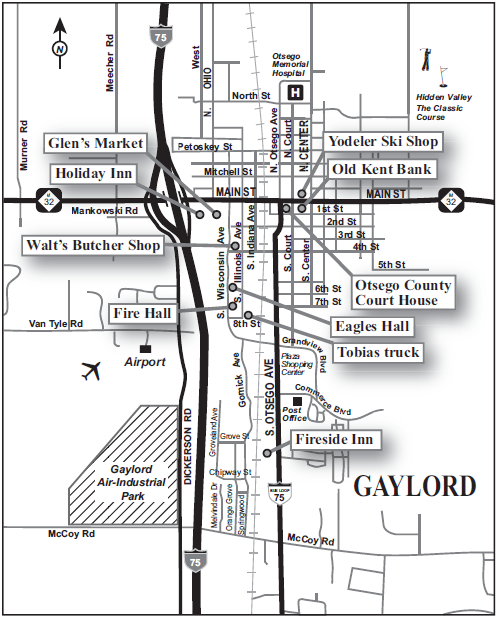
PART 1
......... The Crime
Chapter 1
Found Frozen
......... Monday, December 8, 1986, 4 PM
If there is a more inhospitable place to die than the back of a long-bed pickup on a winter night in northern Michigan, it doesnt come quickly to mind. With no coat, no hat, and no gloves, any sane man would have to be liquored up, high, passed out, or dead to spend it like this: flannel shirt hiked up, bare skin to metal, a body exposed to the mitten states legendary deep freeze.
And thats exactly what Jerry Tobias was. Dead. Frozen stiff as winter laundry forgotten on a backyard clothesline. Townspeople would speculate for decades whether hed been only half dead when he was tossed in, but he was definitely all the way dead by the time a State Police trooper peered over the trucks tailgate and took in the sight: a young guy wearing only jeans, a flannel shirt and cowboy boots, lying on his side.
The Michigan State Police trooper was Ken Burr, and he took off one of his gloves, reached out a finger, and touched the mans bare stomach. Cold and hard.
Burr patrolled the back streets of Gaylord, an Alpine-themed resort town in the northern part of Michigans lower peninsula. It was a series of computer entries that led Burr to Jerry Tobias blue Ford pickup. Late Monday afternoon, Jerrys wife, Jackie Tobias, hadnt seen her husband since Friday morning, and she was starting to worry. Jerry was an oilfield worker, and although he was frequently in the field for days at a time, shed expected him home by Sunday. When Monday arrived and no Jerry, Jackie called his boss, his boss called the State Police, and a dispatcher entered the missing mans license plate numberHD 2850into Michigans Law Enforcement Information Network (LEIN). LEIN was a statewide database of missing persons, criminal activity, personal protection orders, arrests, suspicious vehicles and the like; if the law knew where Jerry Tobias might be, chances were better than average that theyd find a clue to his whereabouts somewhere in the recesses of LEIN. It was often the first place police looked when someone went missing.

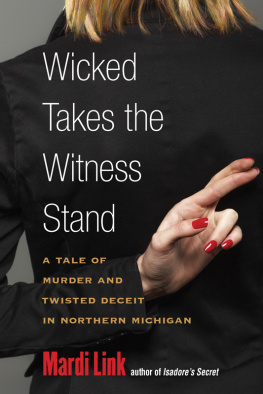

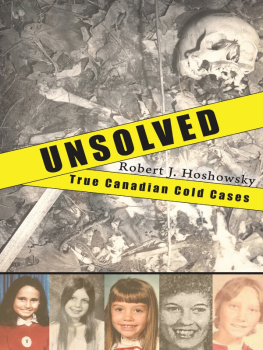

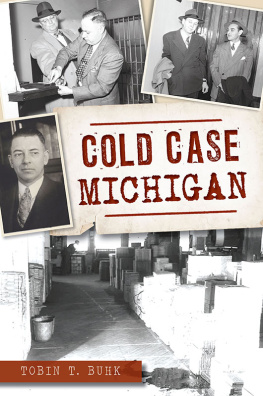
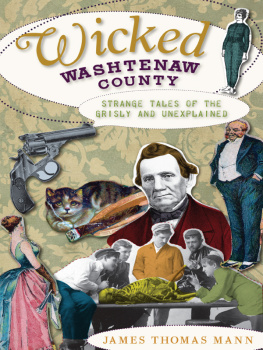

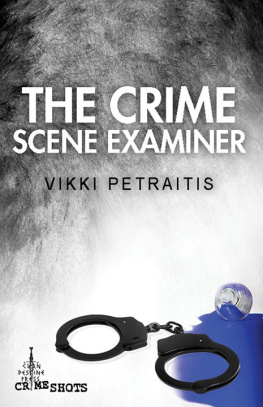
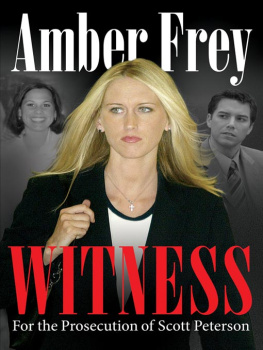
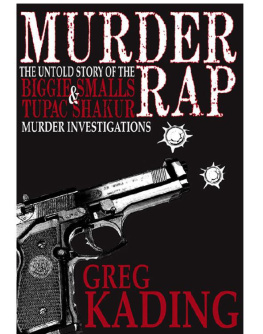
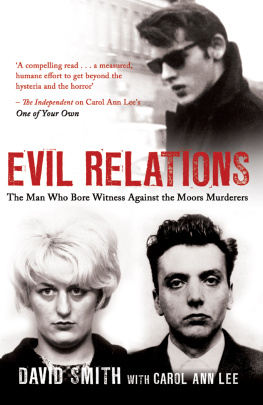

 Printed on acid-free paper
Printed on acid-free paper